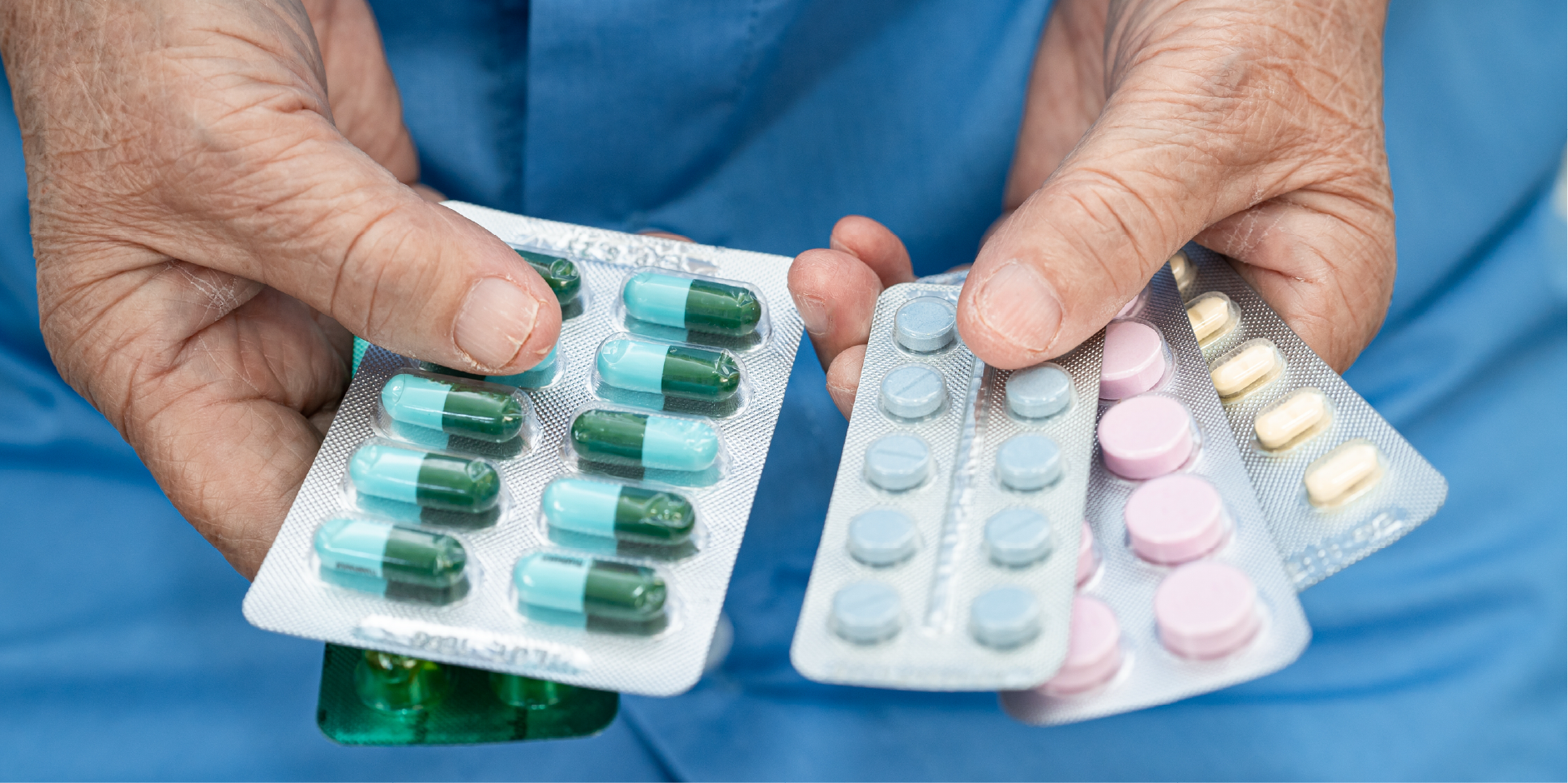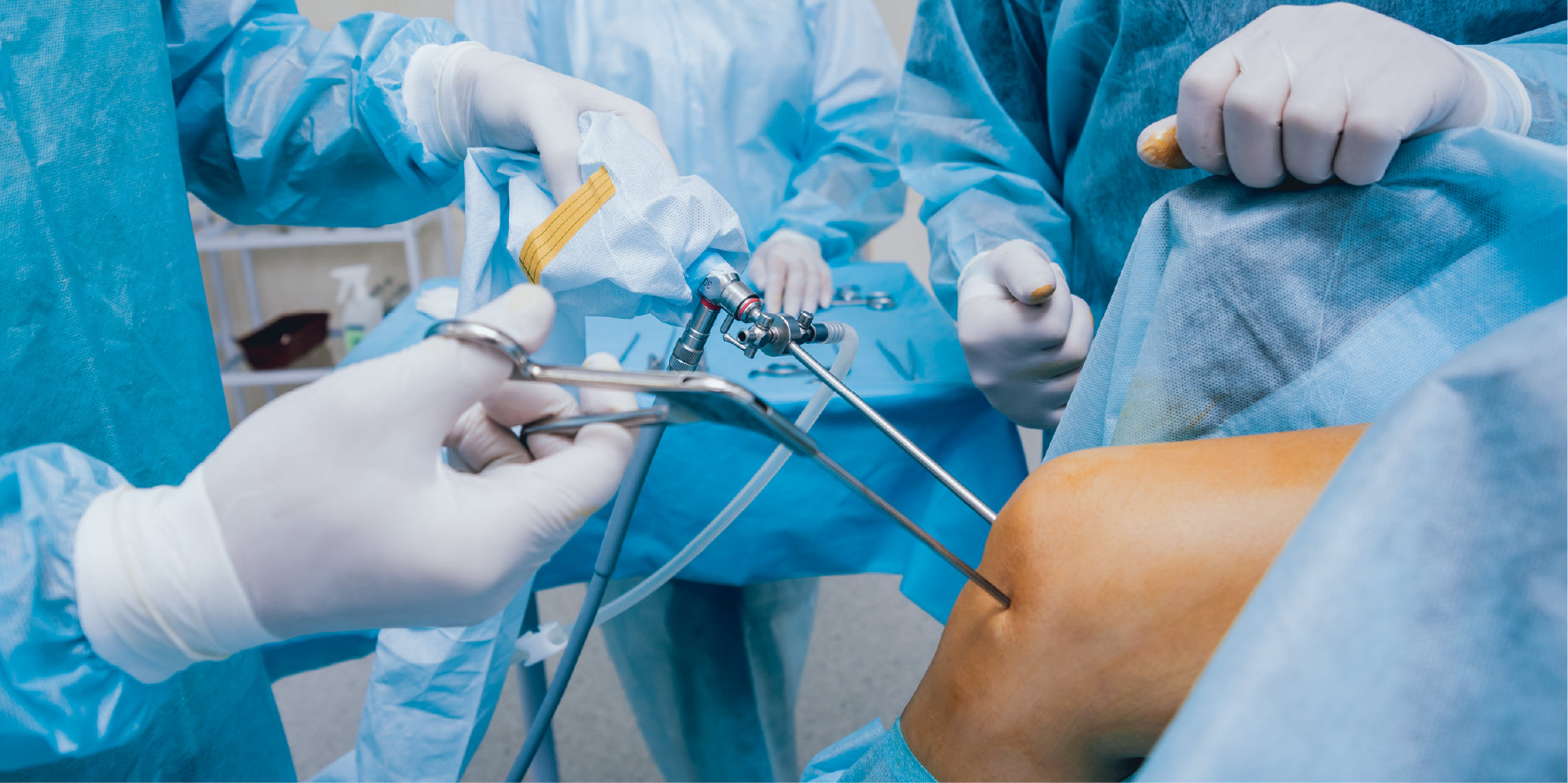Content on this page:
Content on this page:
Principles of Therapy
The appropriate antibiotic treatment should be started once specimens for microbiology studies are obtained. Broad-spectrum antibiotics are recommended while culture results are pending because of the serious and destructive nature of the infection. Antibiotics should be given by the parenteral route initially. The antibiotic therapy should be revised once results of culture and antimicrobial susceptibility are available.
Pharmacological therapy
Factors Affecting Choice of Antibiotics for Empiric Therapy
The factors affecting the choice of antibiotics for empiric therapy are
the age of the patient, their clinical history, physical examination findings,
risk factors, results of synovial fluid Gram stain, ability of the antibiotic
to penetrate joint, likely pathogens causing infectious arthritis and their
local antimicrobial susceptibility patterns (please see below).
Antibiotics for Empiric Parenteral Therapy
Adults: Based on the results of synovial fluid Gram stain
| Gram Stain Result | Recommended Empiric Antibiotics |
| Gram-positive cocci, community-acquired infection or without risk for MRSA | Vancomycin or β-lactam agent (Cefazolin, Nafcillin, Oxacillin, Flucloxacillin) if without allergies to penicillins |
| Gram-positive cocci, hospital-acquired or with other risk for MRSA | Vancomycin or Clindamycin* |
| Gram-negative bacilli | Third generation cephalosporin (Ceftazidime, Ceftriaxone, Cefotaxime) with or without aminoglycoside |
| Gram-negative cocci | Ceftriaxone |
*If patient’s isolate turns out to be
susceptible to Clindamycin but resistant to Erythromycin, a D test should be
done to check for the presence of inducible Macrolide-Lincosamide-Streptogramin
B resistance.
Adults: Based on the patient’s clinical profile
The recommendations below may be used to guide antibiotic choice if
Gram stain is negative.
| Clinical Profile | Recommended Empiric Antibiotics |
| No risk factors for atypical organisms | Amoxicillin/clavulanic acid, Cloxacillin plus Ceftriaxone, Flucloxacillin |
| Immunocompetent | Vancomycin |
| Immunocompromised patients, injection drug users, traumatic bacterial arthritis | Vancomycin with third generation cephalosporin or an aminoglycoside |
| Risk factors for MRSA infection (eg catheters, recent hospital confinement) | Vancomycin* plus second or third generation cephalosporin |
| N gonorrhoeae infection suspected | Ceftriaxone plus Azithromycin or Doxycycline |
*If patient has allergy or drug
intolerance, Vancomycin, Daptomycin, Linezolid, Clindamycin or Co-trimoxazole
are reasonable alternatives.
Children: Based on age
| Age of Child | Probable Pathogen | Recommended Empiric Antibiotics |
| Neonate | S aureus, Group B streptococci, Gram-negative bacilli | Antistaphylococcal penicillin (Nafcillin*, Vancomycin or Clindamycin)** plus Third generation cephalosporin plus aminoglycoside |
| ≤5 years | S aureus, S pneumoniae, S pyogenes, H influenzae, K kingae |
Antistaphylococcal penicillin (Nafcillin*, Vancomycin or Clindamycin)** plus Second or third generation cephalosporin |
| Extended-spectrum penicillin with or without β-lactamase inhibitor | ||
| >5 years | S aureus, S pyogenes, S pneumoniae, group A streptococci |
Antistaphylococcal penicillin (Nafcillin*, Vancomycin or Clindamycin)** |
| Adolescent, sexually active | N gonorrhoeae | Third generation cephalosporin (Ceftriaxone, Cefotaxime) |
*Nafcillin may be used if <10% of
community-acquired S aureus isolates are methicillin-resistant.
**Vancomycin or Clindamycin may be used
for empiric treatment if >10% of community-acquired S aureus isolates
are methicillin-resistant.
Duration of Treatment
Parenteral antibiotics are usually given for 2 weeks, followed by oral
antibiotics for 2-4 weeks. The duration of antibiotic therapy depends on the
site of infection, presence of adjacent osteomyelitis, etiologic agent,
clinical and laboratory response. Arthritis from S aureus and
Gram-negative organisms may require longer treatment durations compared to arthritis
from S pneumoniae, S pyogenes, H influenzae, P aeruginosa, Enterobacter
spp. Seven to fourteen days of antibiotic treatment are required for gonococcal
arthritis. Infectious arthritis of the hip and spine and the presence of
adjacent osteomyelitis require 6 weeks of antibiotic therapy.
Oral Antibiotic Therapy
 Infectious Arthritis_Management 1
Infectious Arthritis_Management 1The treatment for infectious arthritis may be continued using oral antibiotics once infection and inflammation are adequately controlled. The oral antibiotic with appropriate antimicrobial coverage should be chosen. An oral regimen should have the same coverage as the IV/IM drug that produced improvement of symptoms. Oral antibiotics often used in infectious arthritis treatment include Cloxacillin, Dicloxacillin, Cefalexin, Clindamycin, Quinolones. The adherence to an oral antibiotic regimen should be ensured as well as careful patient monitoring.
Surgery
Joint
drainage is done to decompress the joint and remove pus and allows debridement
as well as specimens to be obtained for biopsy and repeat culture. This is the
cornerstone for the treatment of non-gonococcal infectious arthritis. Large
peripheral joints with pyogenic arthritis should be drained as soon as possible.
 Infectious Arthritis_Management 2
Infectious Arthritis_Management 2Joint drainage may be done via the following:
- Needle aspiration is usually done for peripheral joints. A closed-needle aspiration which can be considered in patients who are medically unfit to undergo arthrotomy or arthroscopy. A repeat daily aspiration may be needed for 7-10 days
- Arthroscopy may be used as an alternative to open surgery. This is mostly done on the knee, shoulder and wrist. This provides better visualization of the joint space for prognostic purposes and associated with shorter hospital stays
- Open surgical drainage/arthrotomy is done when full drainage cannot be achieved thru needle aspiration or when there is an absence of improvement even with multiple needle aspirations. This is mostly done for the hips, shoulders and prosthetic joints
A
delayed joint drainage may lead to permanent joint damage resulting from
increased intra-articular pressure. All patients with suspected infectious
arthritis of a prosthetic joint should be referred to an orthopedic surgeon.
